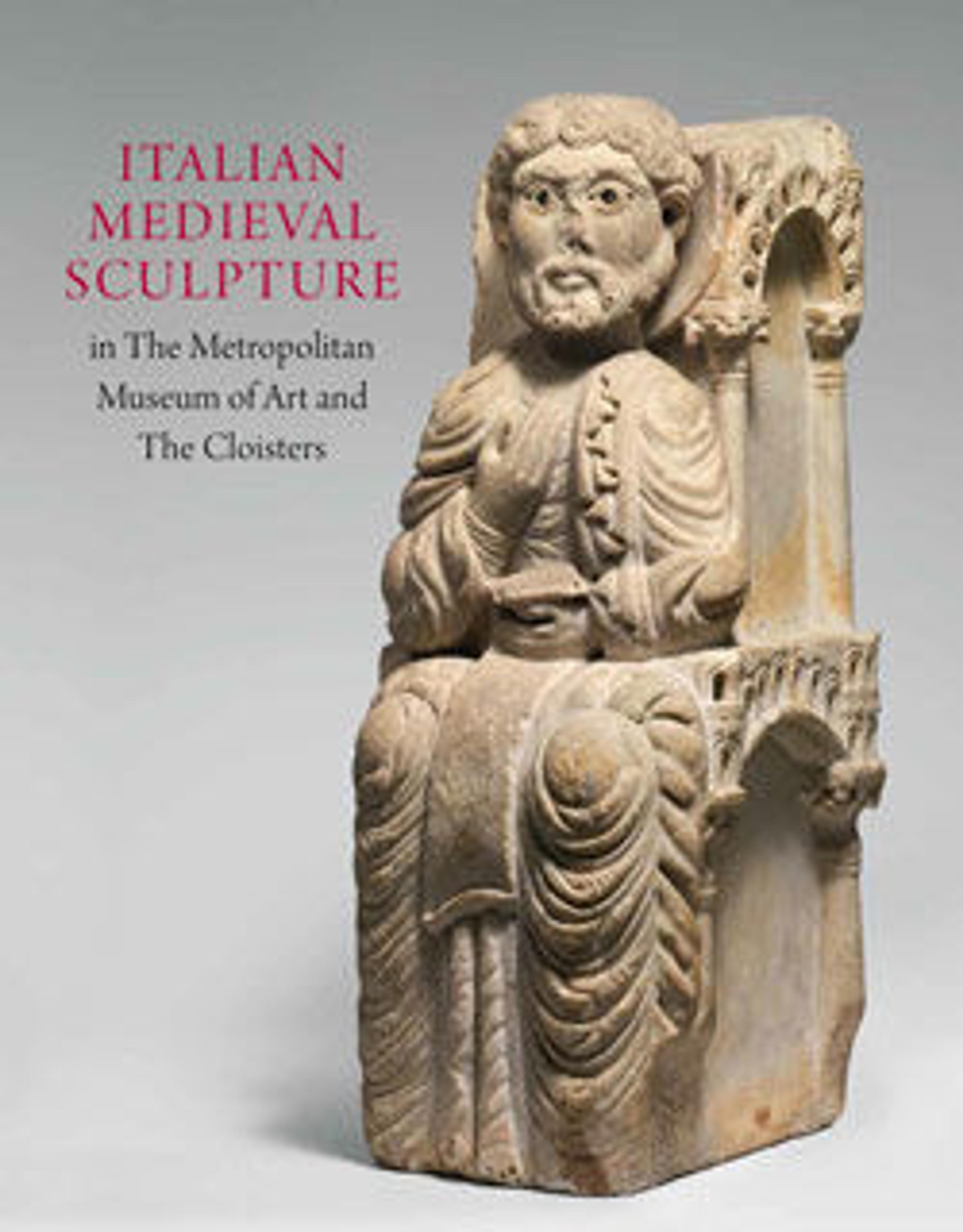Doorway from the Church of San Nicolò, San Gemini
This doorway is an example of the reuse of materials during the life of a single medieval church. All of the marble used to make the doorway originally came from the ruins of nearby Roman buildings. Displaying an array of styles and techniques, the principal elements were carved at different times in the eleventh century. The lions were possibly made for another location and then inserted in the portal. The whole was assembled for the church one to two centuries later. The animal imagery used in decorating the portal may refer to medieval bestiaries, books that combined descriptions of animal life with legend, thereby investing the animals depicted here with symbolic significance.
Artwork Details
- Title: Doorway from the Church of San Nicolò, San Gemini
- Date: carved 1000s, assembled 1100s or 1200s
- Geography: Made in San Gemini, Umbria, Central Italy
- Culture: Central Italian
- Medium: Marble (Lunense marble from Carrara)
- Dimensions: H. 11 ft. 9 in. x 8 ft. 4 in. (358.4 x 254.2 cm)
- Classification: Sculpture-Architectural
- Credit Line: Fletcher Fund, 1947
- Object Number: 47.100.45a–g
- Curatorial Department: Medieval Art and The Cloisters
Audio
2975. Portal from the Church of San Nicolü, San Gemini
0:00
0:00
We're sorry, the transcript for this audio track is not available at this time. Please email info@metmuseum.org to request a transcript for this track.
Listen to more about this artwork
More Artwork
Research Resources
The Met provides unparalleled resources for research and welcomes an international community of students and scholars. The Met's Open Access API is where creators and researchers can connect to the The Met collection. Open Access data and public domain images are available for unrestricted commercial and noncommercial use without permission or fee.
To request images under copyright and other restrictions, please use this Image Request form.
Feedback
We continue to research and examine historical and cultural context for objects in The Met collection. If you have comments or questions about this object record, please contact us using the form below. The Museum looks forward to receiving your comments.
